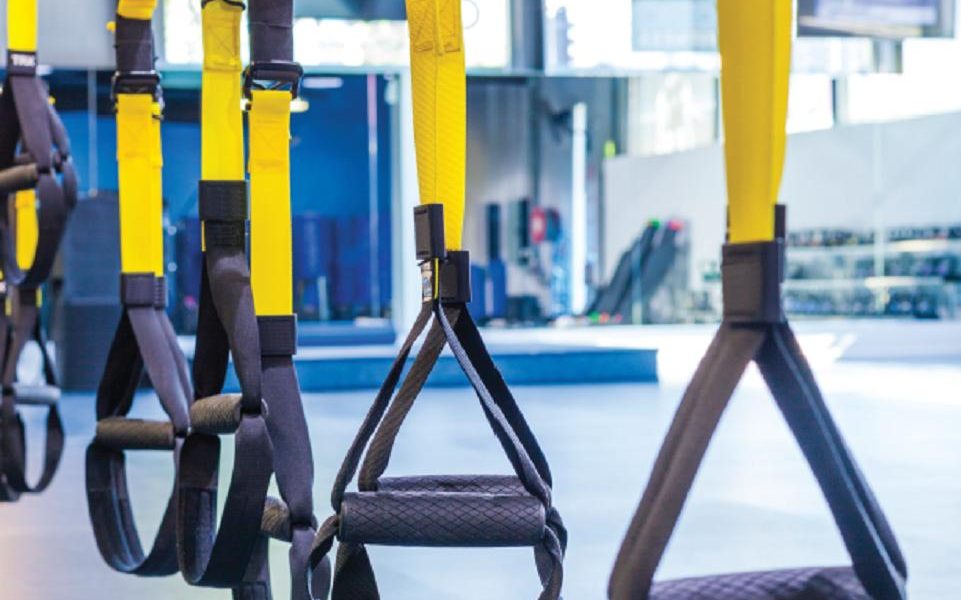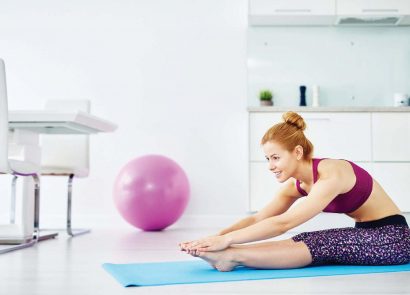You’ve mastered the kettlebell swing and have pumping dumbbells well and truly down, so it’s time to strap yourself in and discover a whole new way of building up that strong core – the TRX training ropes.
Invented by a former US Navy SEAL, the concept behind TRX (Total-Body Resistance exercise) is both simple and effective. Once you’ve anchored the straps somewhere secure (if they’re not already fixed in your gym) and hooked in either your hands or feet, your own body weight and gravity essentially does the rest of the work for you!
That’s not to say it’s easy, oh no. With part of your body suspended above the ground, you’ll need to work hard keep your balance, engaging your core, back, shoulders and hips in order to maintain control as you work your way through a number of resistance movements. Not convinced it’s for you? We’ve spoken to James Russell, personal trainer at Embody Fitness (embodyfitness.co.uk) to find out why TRX is worth a try…
TRX training is a good workout because it’s a great all-round training tool. The difficulty is adjustable to your level of strength. It is fully adaptable to your body size whether you’re tall, short, male or female, and it encompasses core stability through movement. All in all, it offers challenging movement patterns, core conditioning and flexibility demands.
It’s suitable for everyone and there are a huge number of people who currently use it as a training tool, ranging from elite athletes and professional teams to injury and rehab clinics.
TRX is a great tool for all to use, including older populations, those with injuries and those looking to add a new dimension to their training. This means that everybody can have a great and challenging workout. If you’re feeling nervous to try it, don’t be scared, the TRX straps can take up to 500kg of weight depending on the model. Take it easy at first – in fact, slowing it down will create more tension for a better muscle contraction and proper stabilisation. Once you’re comfortable on the straps, make the exercises harder by stepping towards the point of pivot. You may see people trying all kinds of complicated moves, but always seek professional advice before jumping to the most challenging exercise. Just like anything, seeking help will ensure you stay injury-free and at the correct difficulty level.
-
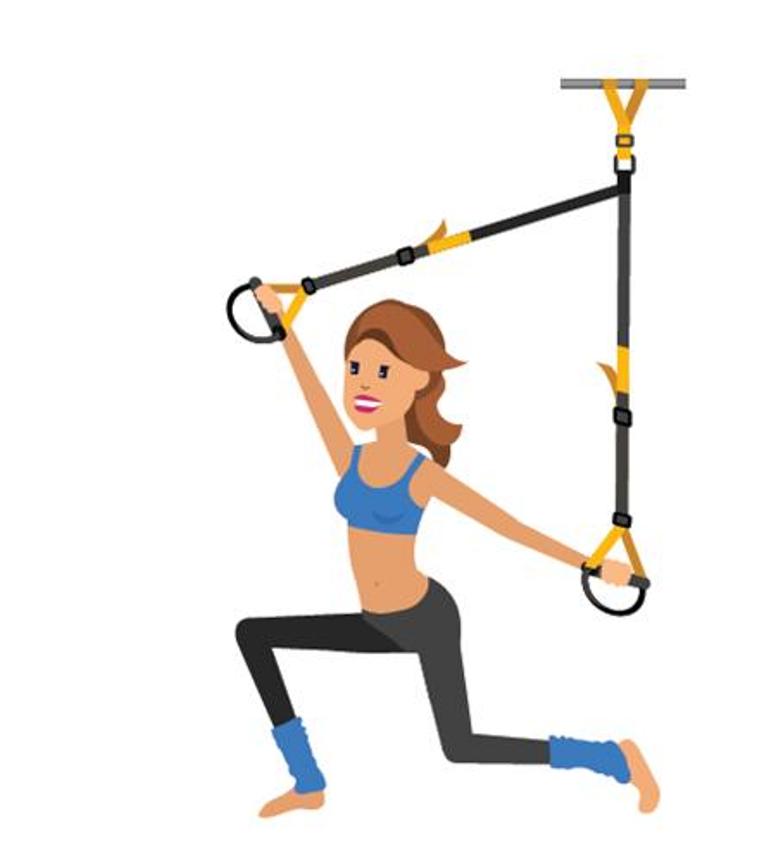
Crossing balance lunge Great for building leg and core strength, as well as balance
1. With your body facing the TRX attachment point, take hold of the handles with your palms facing down and your arms straight out.
2. Stand upright, tighten your core and lift your foot off the ground so that you are balancing on your left foot.
3. With your right foot still off the ground, do a reverse lunge, swinging the right leg behind your left leg.
4. Push back up through your left heel to bring your body back to the starting position, making sure to keep your body upright. Complete 10 reps then repeat on the other leg.
-
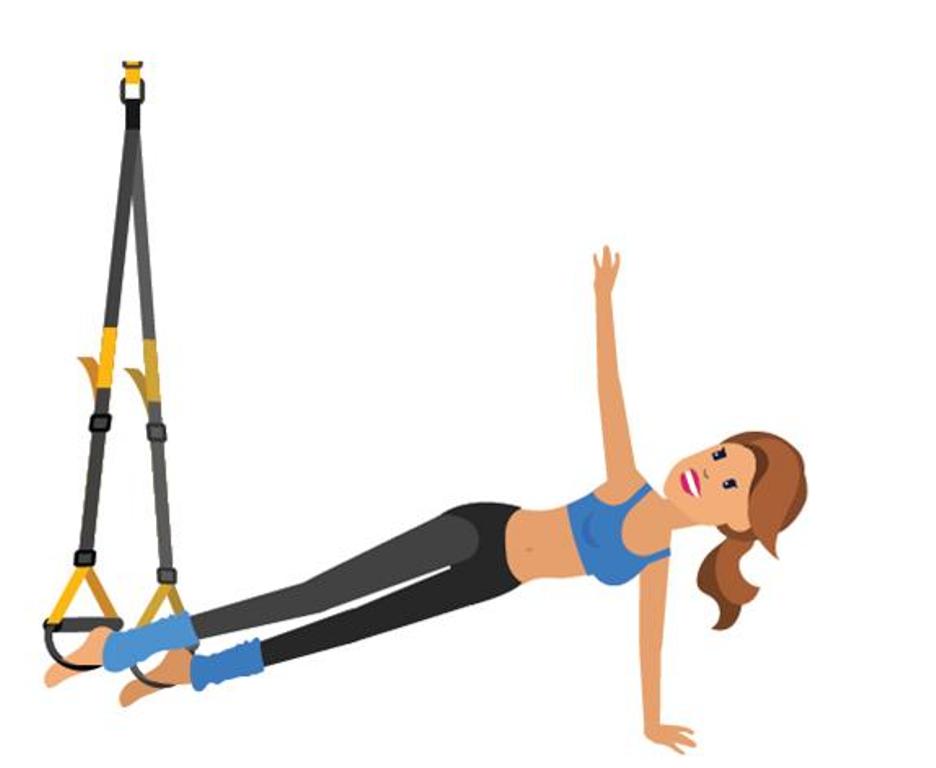
Side plank Engages your abdominal muscles, especially the obliques
1. Place both feet in the loops and come into a suspended plank position, shoulders over hands, body in a straight line from head to toe.
2. Slowly, roll onto your left side so that your left elbow is directly under your left shoulder – your top leg will be in front of your bottom leg and your core engaged. The heel of the front foot can touch the toe of the bottom foot.
3. Keeping your bottom hip lifted to help stabilise your body, reach your top arm towards the ceiling. Hold the side plank for 30 seconds. Switch sides.
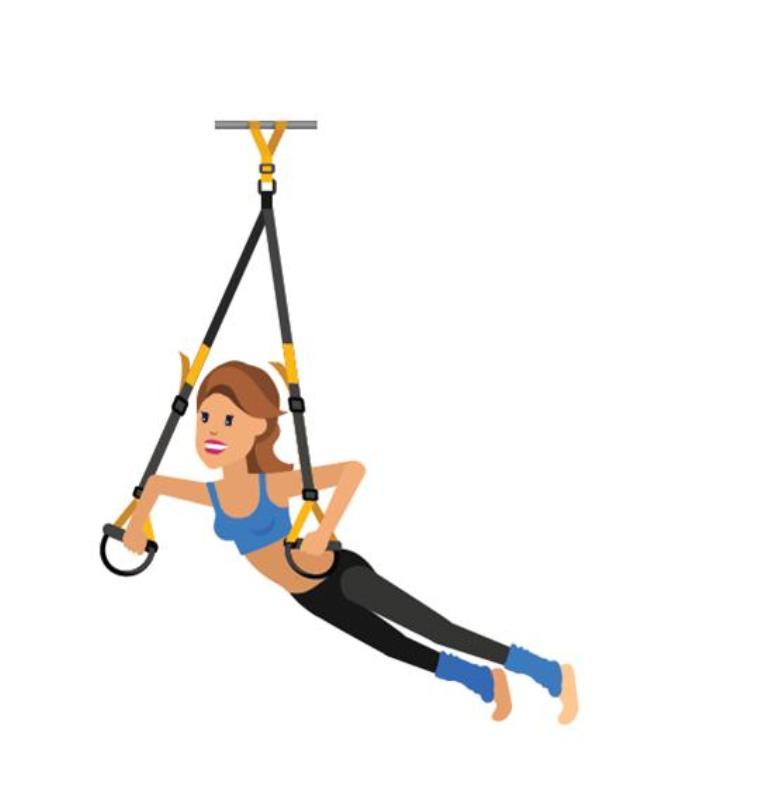
Chest press Targets your chest, shoulders and triceps
- 1. Start by standing facing away from the TRX attachment point. Hold the handles in front of you, with your palms facing down.
2. Get into a vertical plank position at about a 45 degree angle to the floor, engaging your core.
3. Slowly lower your chest toward your hands. When your hands are in line with your chest, stop.
4. Slowly, and in a controlled manner, push yourself up so your elbows are straight. That’s one chest press rep. Aim for three sets of 10 reps.
Did you know…
The following pro athletes incorporate TRX into their regular training regimes in order to help them with their disciplines:
- Andy Murray (tennis)
- Dara Torres (swimming)
- Rory Mcllroy (golf)
- Heather Mitts (football)
Stats from heartcore.co.uk, London’s largest provider of TRX}









